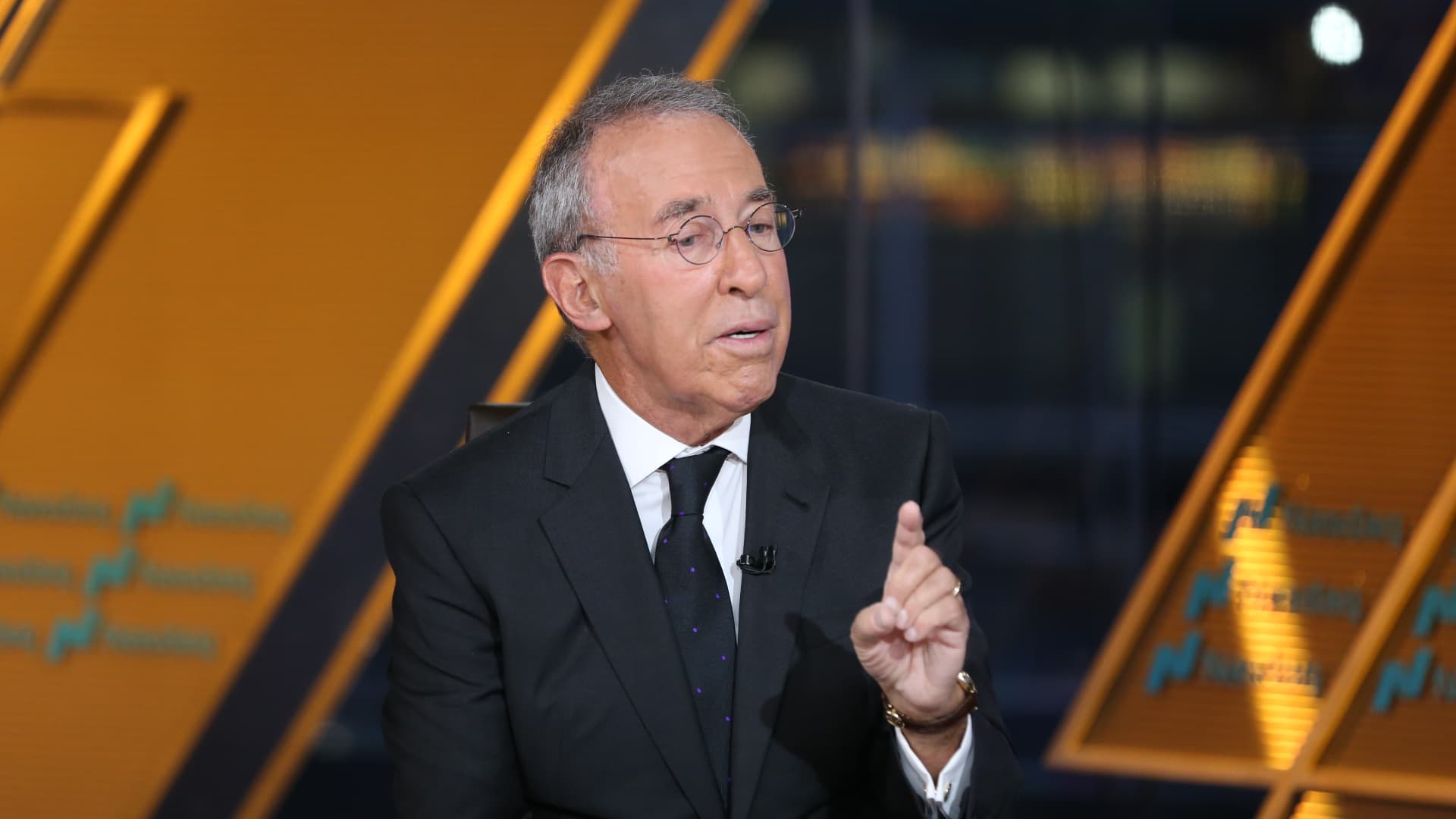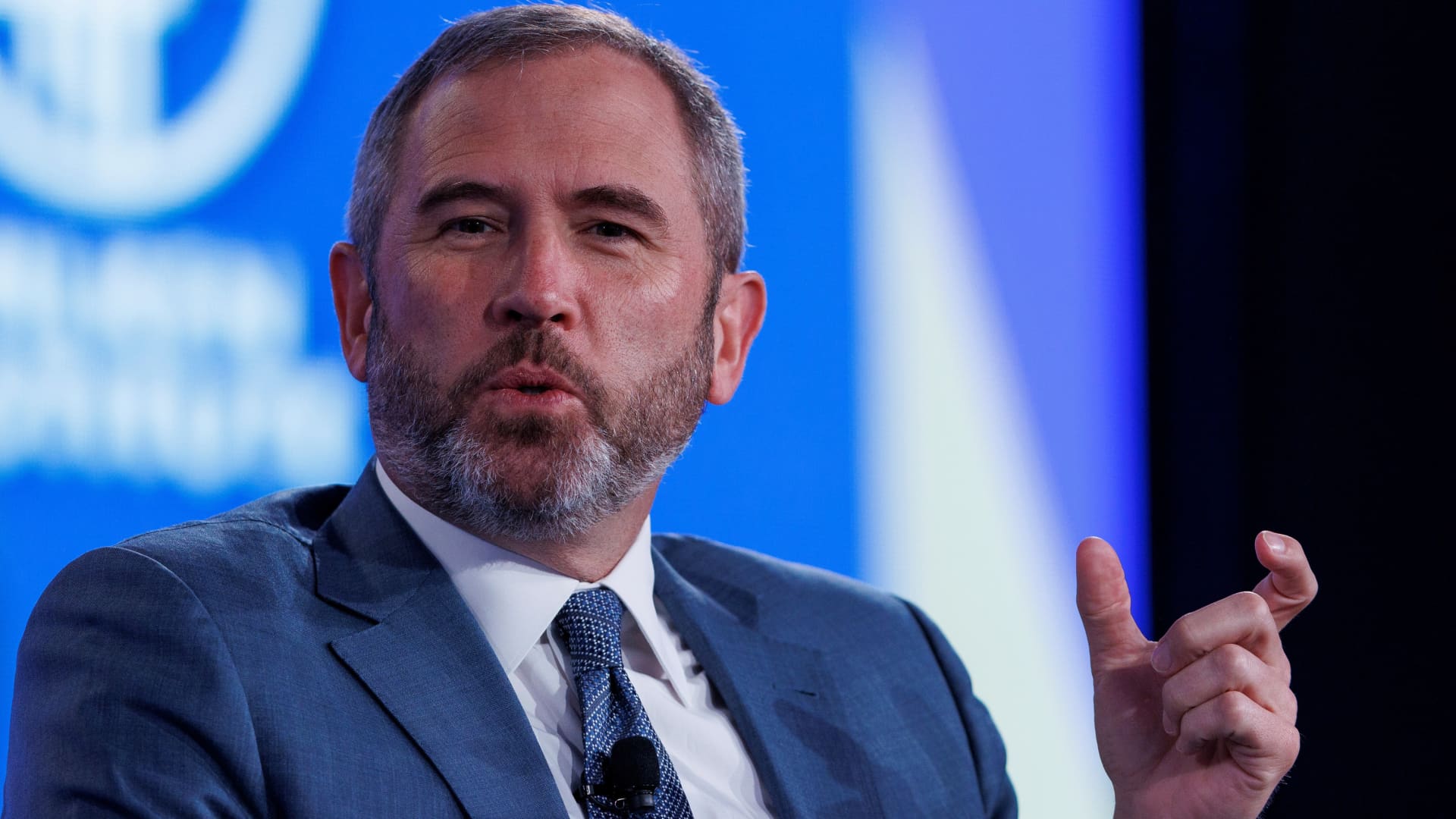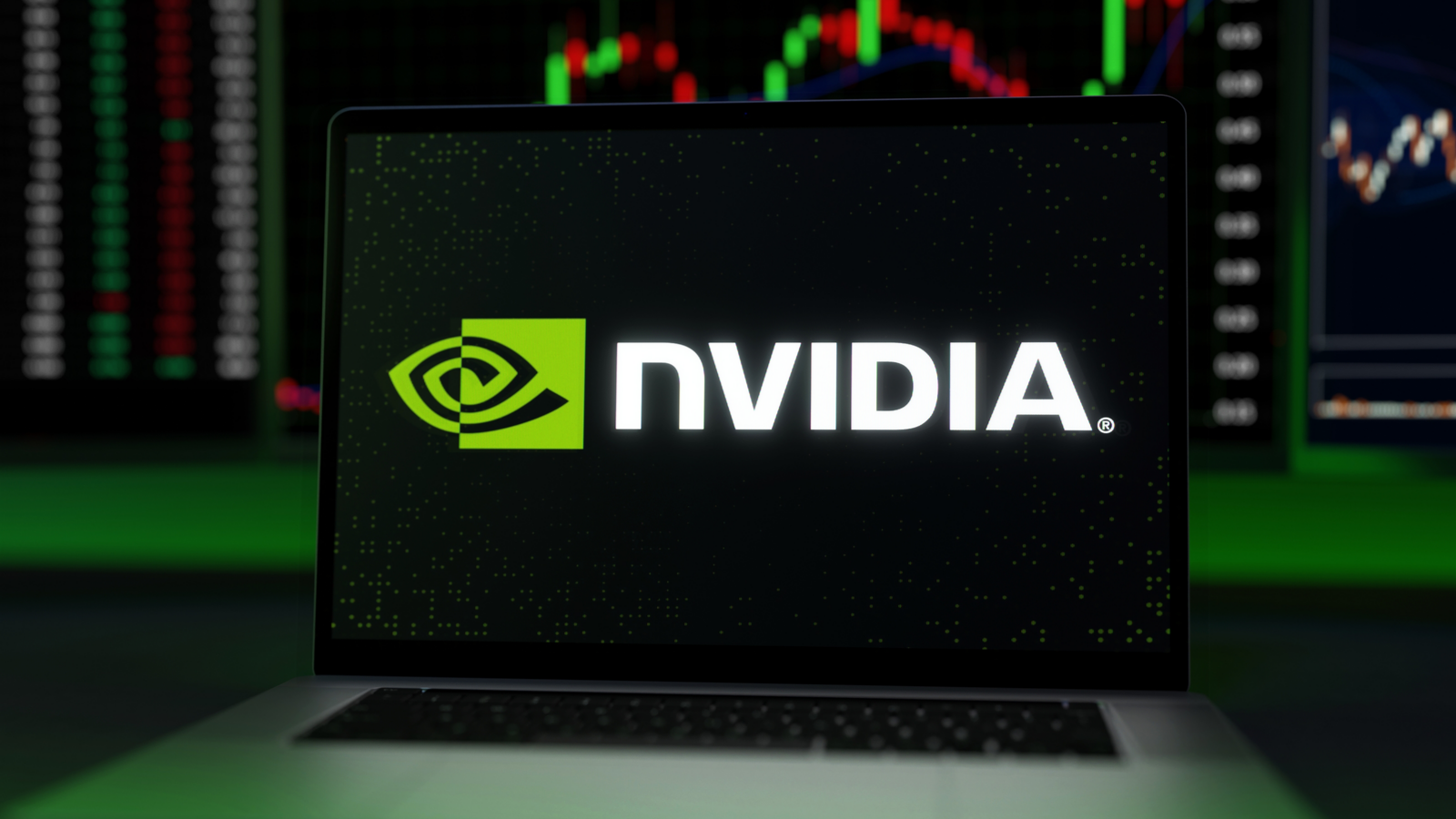Breaking Down the TSP Investment Funds
The Thrift Savings Plan (TSP) is offered to all U.S. government employees and it’s one of the simplest and most efficient retirement plans in use. Thousands of civilian and military employees defer a portion of their earnings into the plan each year but many participants don’t understand the actual fund options available or they’re unsure about which funds are appropriate for them.
Five core investment funds are available in the TSP, each with their proper use.
Key Takeaways
- Thrift Savings Plans (TSPs) are direct-contribution retirement plans offered to U.S. government employees.
- TSPs offer five core mutual funds, four of which are diversified index funds.
- Each index fund specializes in a different asset class or market segment such as U.S. equities, international equities, and corporate bonds.
- The G Fund invests in very low-risk, low-yield government bonds and guarantees principal protection for very conservative investors.
- A Lifecycle (L) Fund serves as the default fund for new plan participants who don’t specify a contribution allocation when they make their contributions.
Core TSP Funds
The five core funds offered in the Thrift Savings Plan loosely cover the basic range of publicly traded debt and equity securities. All five funds are managed by Blackrock Capital Advisers and State Street Global Advisors. They’re only available to TSP participants. None of them trade on any public exchange although Blackrock does offer publicly traded equivalents of some TSP funds through iShares, its subsidiary company.
Four of the five funds are index funds. They hold securities exactly matching a broad market index. The money participants place in the F and C Funds is invested in separate accounts. The S and I Fund monies are invested in trust funds commingled with other tax-exempt pension and endowment funds.
All of the funds are 100% invested in their respective indexes except for the G Fund. They don’t take into account the current or overall performance of either the specific index or the economy as a whole. Each TSP fund’s share price is calculated daily and reflects investment returns minus administrative and trading costs.
These are the five TSP funds.
Government Securities Investment Fund (G Fund)
The G Fund is the only core fund that doesn’t invest in an index. It invests in a special non-marketable treasury security issued specifically for the TSP by the U.S. government. This fund is the only one in the TSP that guarantees the return of the investor’s principal.
It has the lowest risk of the five funds and money contributed into the TSP by new participants was placed into this fund by default until Sept. 15, 2015 unless the participant specified otherwise. The default investment fund changed to the Lifecycle (L) Fund most appropriate for the participant’s age as of that date. It pays an interest rate based on nonmarketable short-term treasury securities with a maturity of four years or more.
The G Fund has historically provided the lowest rate of return of any of the core funds.
Fixed-Income Investment Index Fund (F Fund)
This fund represents the next step up the risk/reward ladder in the TSP. It invests in a wide range of debt instruments including publicly traded treasury and government agency securities, corporate and non-corporate bonds, and asset-backed securities (ABS).
This fund also pays monthly interest typically exceeding that paid by the G Fund but it doesn’t guarantee the return of the investor’s principal. The BlackRock iShares equivalent ETF is the iShares Core U.S. Aggregate Bond Market ETF (AGG).
Common Stock Index Investment Fund (C Fund)
This fund is the most conservative of the three stock funds available in the TSP. The C Fund invests in the 500 large and mid-cap companies that make up the Standard and Poor’s 500 Index. This fund has experienced greater volatility than either the G or F Funds and has posted commensurately higher returns over time. The BlackRock iShares equivalent ETF is the iShares Core S&P 500 (IVV).
Small-Capitalization Stock Index Fund (S Fund)
The S Fund holds the same securities as the Dow Jones U.S. Completion Total Stock Market Index. This index is composed of almost 4,000 companies and is “designed to measure all U.S. equities with readily available prices.”
These companies are smaller and less established than the S&P 500 companies as the fund name suggests. They have greater potential for growth than those in the C Fund. The S Fund is considered one of two funds with the greatest risk in the TSP. It has outperformed the C Fund with proportionately greater volatility over time.
The BlackRock iShares has no exact S Fund equivalents. Investors who want to duplicate this fund outside the TSP could use these four funds to cover many of the companies in the S Fund and some that are not:
- iShares Russell Midcap ETF (IWR)
- iShares Russell 2000 Index ETF (small caps only) (IWM)
- iShares Core S&P Total U.S. Stock Market ETF (ITOT)
- iShares Russell 3000 ETF (IWV)
International Stock Index Investment Fund (I Fund)
This fund invests in securities mirroring the Morgan Stanley Capital International Europe, Australasia, Far East EAFE Index. It’s one of the broader international indexes investing in larger, more established companies located in 21 developed nations around the world. It’s regarded as the other high-risk fund in the TSP and has historically posted a higher average annual return than the C Fund.
This fund is the only one in the TSP that invests in companies outside the U.S. The BlackRock iShares equivalent ETF is the iShares MSCI EAFE ETF (EFA).
Important
New plan participants who don’t feel qualified or neglect to designate an asset allocation for their contributions can feel confident that the default Lifecycle (L) Fund that they’re assigned will invest their money in an allocation that’s appropriate for their age and years until retirement.
Lifecycle Funds (L Funds)
The Lifecycle funds are composite funds that invest in a combination of the five core funds and perform like target-date funds. They function as “automatic pilots” for participants who don’t want to make their own asset allocations. They’re gradually and automatically adjusted from high to lower risk every 90 days until they mature.
Each of these funds is designed to provide income for those who will begin taking distributions within a few years of a target date. L Income is suitable for those who intend to retire in the current year. L 2025 is designed for participants who anticipate beginning withdrawals between 2025 and 2027. L 2030 is appropriate for those who will withdraw between 2028 and 2032. Allocation is more aggressive when the target date is more distant.
The L Income Fund can also be used by those who have already retired and need a conservative stream of income at present.
Its role as a default fund
An age-appropriate L Fund has been the default fund for new civilian TSP participants since Sept. 15, 2015, as well as the spouse beneficiaries of civilian participants who have passed away. An age-appropriate default L Fund is assigned unless the new participant/beneficiary specifies an allocation where they make their contribution to the plan. A retirement age of 63 is used to determine which L Fund is selected for a participant.
TSP Investment Programs
The L Funds provide one avenue of professional portfolio management for TSP participants but some privately managed TSP investment programs may provide additional clout for aggressive investors. Tsptalk.com offers several levels of market-timing strategies and TSPCenter.com provides additional commentary and ideas.
Those who seek higher returns and are willing to take on additional risk can search online for other proprietary market-timing strategies that may beat the indexes over time. Many of these programs charge a quarterly or annual fee for their services, however, and they can’t guarantee their results.
What Are Index Funds?
Index funds track the performance of a market index like the S&P 500. Tracking involves holding the same or similar stocks and bonds.
What Are Trust Funds?
A trust fund holds an investor’s assets and manages them as well. The fund is managed by a third party. The investor is the beneficiary of the fund and can receive income from it or the income can be held until a later date depending on their preference. Trust funds are common in estate planning as well.
What Are Target-Date Funds?
A target-date fund is a long-term investment. It’s balanced between risky and safer holdings with the goal of being healthy and solvent at a point in the future when the investor wants to access the money. This is typically their target retirement date. These funds are automatically rebalanced periodically to provide healthy, long-term returns.
The Bottom Line
The Thrift Savings Plan offers participants options for growth, income, and capital preservation. The annual investment expenses in this plan are among the lowest in the industry and all the funds are fully transparent. There are no hidden fees. Participants might want to think carefully before rolling their plan assets elsewhere when they retire.
Disclosure: Investopedia does not provide investment advice. Investors should consider their risk tolerance and investment objectives before making investment decisions.










